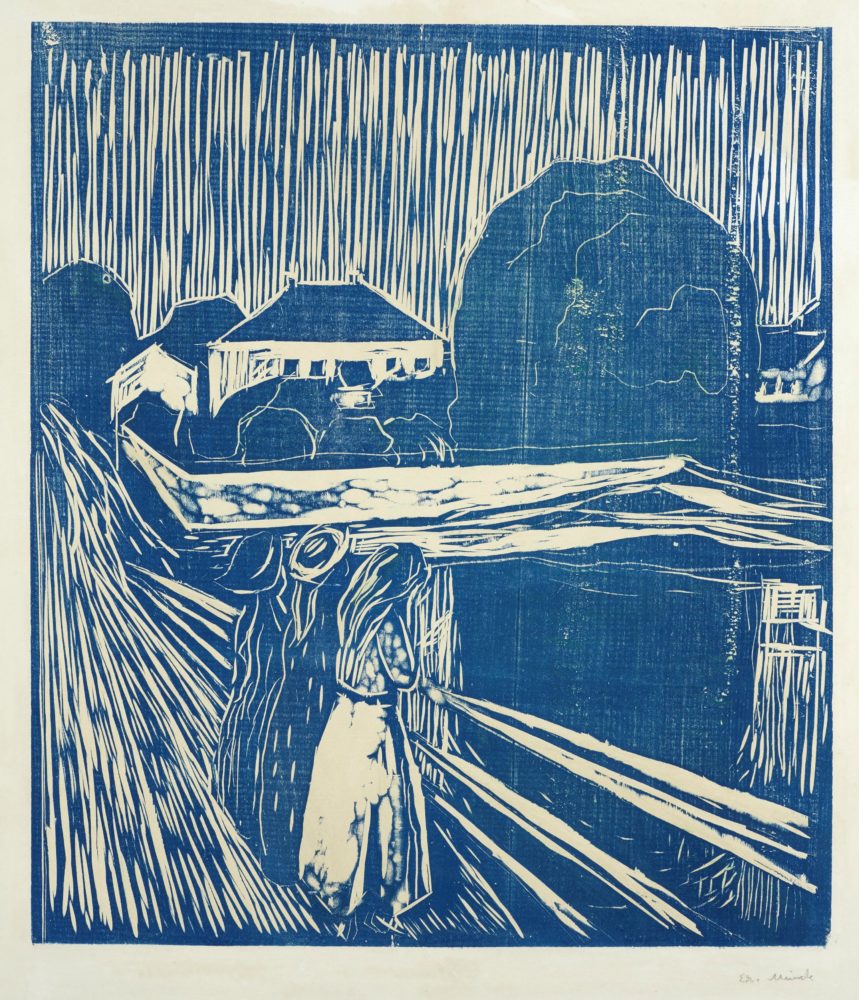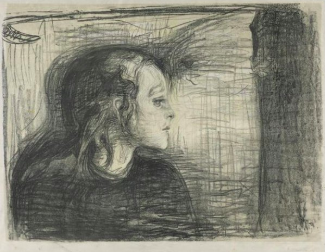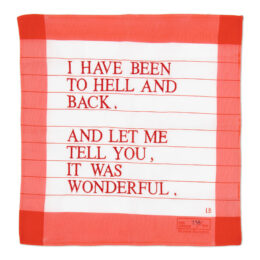Edvard Munch Prints And His Paris Sojourn
Iconic artist Edvard Munch is well known or his works in Abstract Expressionism and Surrealism, not least thanks to his famous work “The Scream”. But it was his short stay in Paris between 1896 and ’97 that had the strongest influence on his creative experience, allowing him to explore vital new avenues for his artistic expression via the graphic arts. He had visited Paris before, but it was only during this time that he gained a fascination with printmaking, and took advantage of the city’s vibrant print activity.
Munch took his inspiration from several French avant-garde painters, and started to experiment with various colour print processes. Learning pivotal new printmaking techniques, he emphasised an important creative dynamic which developed between his paintings and prints as graphic art became an integral part of the way he worked.

Munch’s immersion in printmaking at the time he created another of his famous pieces “Mermaid” encourages the viewer to explore the thematic and compositional connections between the painting and his prints to understand the context in which the work was conceived. A watercolour from the same year (1896), “Encounter on the Beach: Mermaid” could be considered as an alternative way of viewing the Mermaid scene, offering a side view to include the male object of the mermaid’s seductive shoreline gaze.
Edvard Munch prints started to take shape during 1894-95 when he was residing in Berlin, and his works were motivated by a desire to appeal to larger audiences by way of boosting his income. These early etchings, drypoints and lithographs were mostly re-versioned paintings but they revealed a certain skill in handling the distinctive linear and colouristic characteristics inherent to the type of print medium he was engaged with.
His stark 1895 “Self-Portrait” shows clearly his affinity for the drawing-like qualities of the lithographic crayon used to create the detailing in the face in particular. The rich, solid blacks of the piece were then achieved by brushing layers of tusche (a liquid ink used to give a wash-like effect) on the lithographic stone, and the subtle highlights were created by scratching into the crayon or tusche very finely.
Paris
Although there were several outstanding professional printers in Munch’s home city of Berlin, Paris represented the centre of cutting-edge graphic art in the 1890s. Artists including Henri de Toulouse-Lautrec and members of the Nabi circle, notably Pierre Bonnard and Edouard Vuillard, revolutionised colour lithography by enhancing its notoriety as a legitimate form of fine art. Felix Vallotton and Paul Gauguin brought about the revival of the artist’s woodcut and turned it into a skilfully executed (although slightly mundane) form of periodical and newspaper illustration.

Munch’s artistic temperament was particularly suited to printmaking and Edvard Munch prints are still highly sought-after today. His fascination with refining and repeating his subjects using only slight variations his corresponded organically with the process of changing an image using multiple states on a stone, plate or woodblock. In Paris, he concentrated heavily on the inherently repeatable patterns typical of print-making which in turn led him to discover new expressive qualities and highly individual techniques.
Edvard Munch prints
View Edvard Munch prints available from leading galleries.


